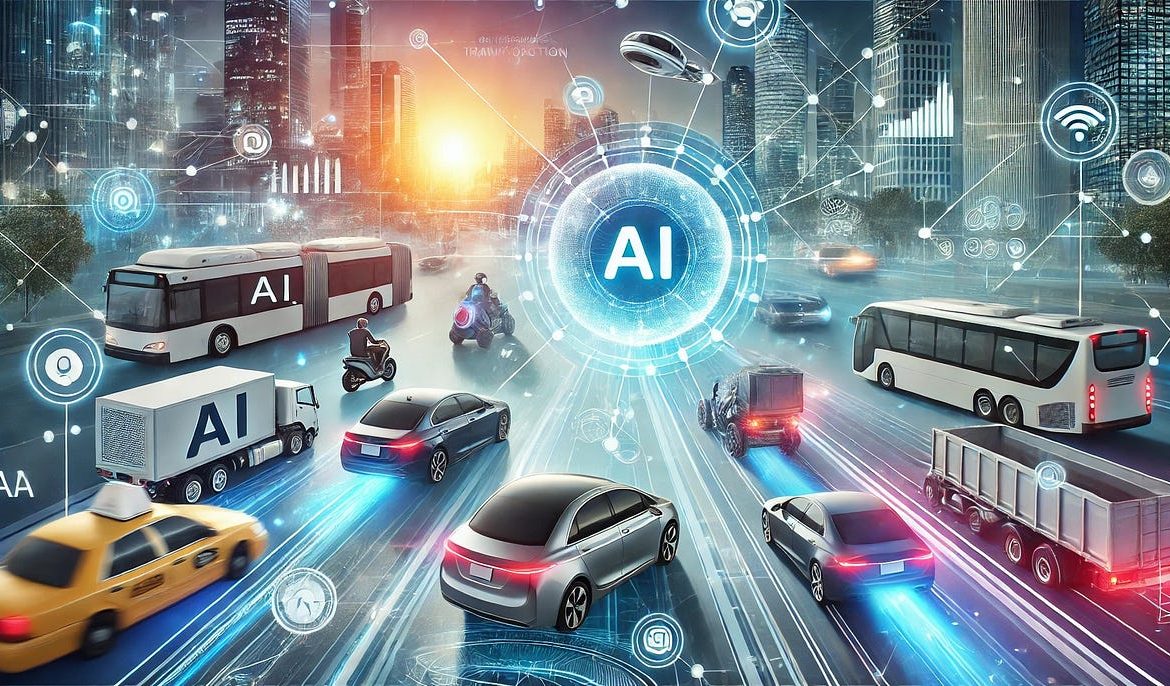Artificial Intelligence (AI) is rapidly transforming the transportation sector, making systems smarter, safer, and more efficient. Understanding how AI works in transportation helps businesses, city planners, and travelers benefit from its advancements.
What is AI in Transportation?
AI in transportation refers to the use of intelligent algorithms, machine learning, computer vision, and data analysis to improve traffic management, vehicle safety, route planning, and transportation services.
How AI Works in Transportation
AI systems collect and process real-time data from sensors, GPS, traffic cameras, and vehicle systems. By analyzing traffic flow, road conditions, and travel patterns, AI can optimize transportation routes, predict congestion, and even control autonomous vehicles.
Key AI Techniques Used
Machine Learning: Helps predict traffic trends, optimize routes, and enhance public transport schedules based on historical data.
Computer Vision: Enables self-driving cars to recognize traffic signs, pedestrians, and obstacles on the road.
Natural Language Processing (NLP): Powers voice-controlled navigation systems and improves customer service in ride-sharing apps.
Predictive Analytics: Forecasts traffic jams, vehicle maintenance needs, and passenger demand to improve transportation planning.
Benefits of Using AI
AI improves road safety, reduces travel time, minimizes fuel consumption, and enhances the passenger experience. It also supports the development of smart cities with better traffic coordination and more efficient public transport systems.
Limitations to Keep in Mind
AI in transportation relies heavily on accurate, real-time data. Infrastructure upgrades, data privacy concerns, and system failures must be carefully managed to ensure safety and reliability.
Conclusion
Understanding AI’s role in transportation helps industries and governments design smarter, more sustainable mobility solutions. By combining AI technology with human oversight, we can create transportation systems that are safer, faster, and more responsive to public needs.







Leave feedback about this